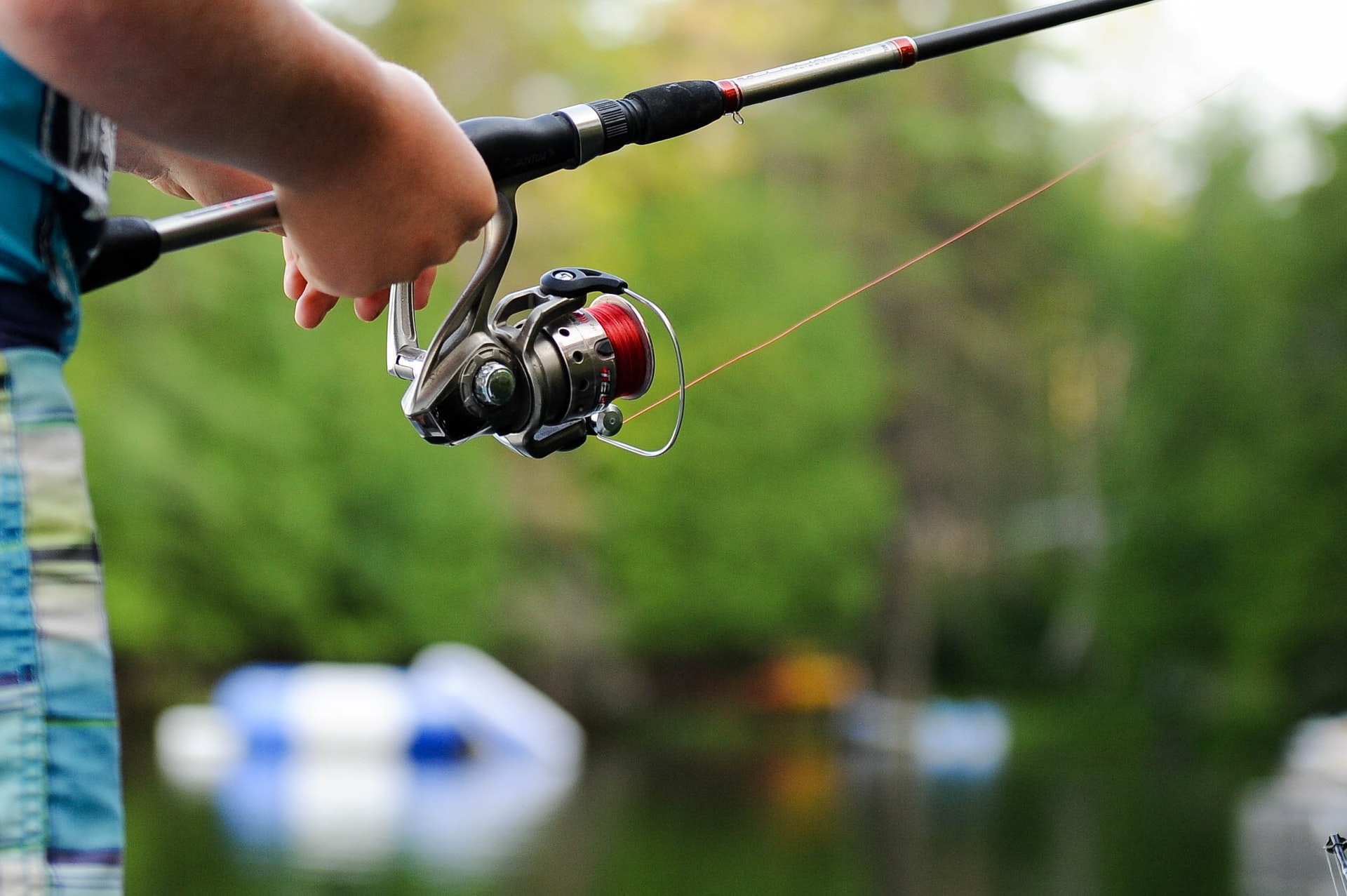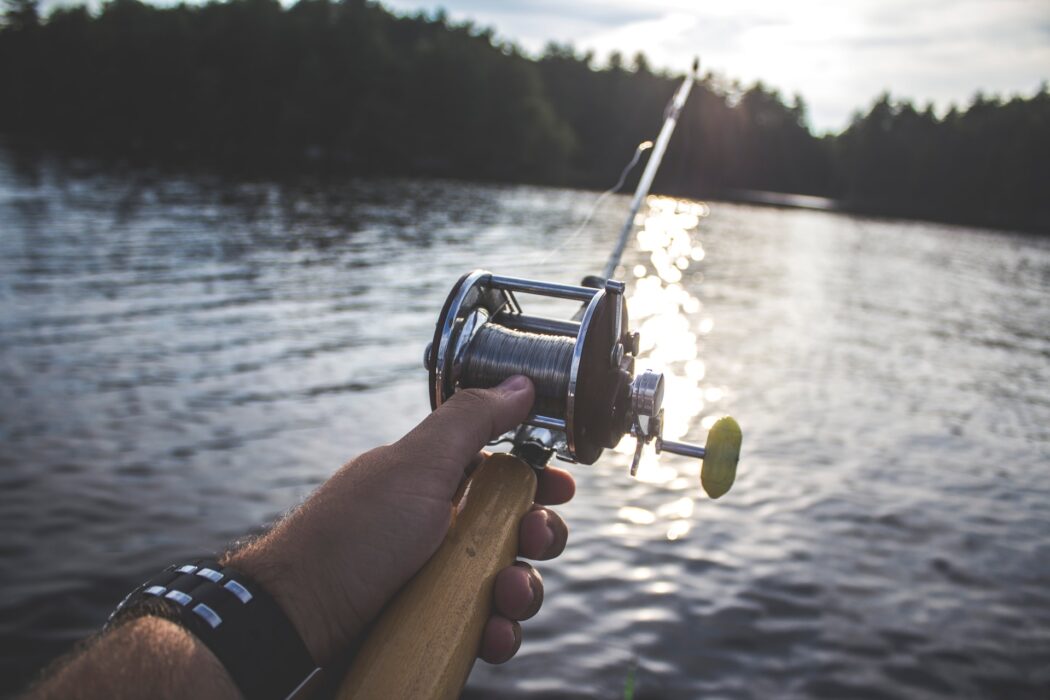Summer Bass Fishing Tips to Take them Home
It’s summer, and it’s the perfect time to catch some bass. You can learn more about bass in this url. Some people are making it a habit to go angling on different lakes and rivers in their area during specific months of the year, while others want to repeat their best experience when they were younger. Whatever your reason for going fishing, it’s best if you’re armed with the proper knowledge and gear that will make your day more interesting out there.
Fishing in specific states can be challenging because of fluctuations in the weather. Every year, summer, spring, winter, and fall arrive in different weeks or months so that adaptability can contribute to more success. You need to follow a simple rule when it comes to becoming productive at certain times of the year, which is to be yourself.
Every angler is unique, and you may have preferences that are different from others. Use your favorite baits and lures. Go to the unique location where you believe there’s plenty of basses to catch and go with the techniques that work for you. If this is your first time angling, you can take a look at these awesome summer bass lures that can help you, for starters. Other tips that you can include are the following:
When summer is in, know that the large mouths are going to take cover in thick surfaces. They will swim where the water is more comfortable and cooler. This is where most anglers may need to use techniques like punching.
Many will combine a super heavyweight bullet and a soft-plastic bait that can punch through the lilies and other covers so they can get bites. The trick is to be prepared to pick a fight with the bass underneath the thick stuff to take it home successfully.

Best Colors Suited for Bait
Know that underneath the water and lilies, it will be dark. You may need to be a green pumpkin base or something darker so that the fishes can see these quickly.
Fish Bites Under the Mats
When you punch through, you need to move pretty quickly, especially if you’re looking for a reaction rather than feeding bites. When the bass sees a live worm that falls out of it, they tend to snap it since it’s in front of their faces. If you drop your bait and nothing snaps initially, you may need to pull all the way through the bottom of the mat, then try again.
After you drop the bait again and there’s no reaction, move on to another location and reel up. You may not want to spend too much time blindingly working under the mats unless you know that there’s plenty of fishes there. Instead, you may make at least five punches and flips so you can hit the right spot where the reaction bites occur. This is a better strategy than sitting up and trying to coax the feeding method.
Best Knot to Use?
Snell knots generally work best since they allow the tippet to be directly tied to the hook with bait. Start by passing the end of the leader through the. Grip both parts and the eye with the line. Wrap the loop around the hook’s shank about eight times. Shrink them by pulling one end. Lubricate both of the ends and trim them accordingly.
Should the Hook be Set Right Away or Wait for the Reel?
Some expert anglers know right away when they bite out of instinct, which takes a few seconds. Some of them whack the bass right away to have at least a half-chance of getting them. It’s best if you can master the art of feeling the bite then reel until it’s right. Learn more about feeling the bite in this content: https://www.gameandfishmag.com/editorial/bass-jiggin-101-feel-the-bite/332917.
When you are looking for the big bullets, know that they can open their mouths a lot, and the hook can slide down without the penetration of the fish. Hooking up can give you more chances of getting the right fish than reeling down.
Reels and Rod Sets to Use
You may want to try different sets depending on the covers you’re going to punch. If you’re going to go with the sparse grass mats, use heavier rods that are 7’8″. If the covers prove harder to get the fishes out, you may want to switch to the extra heavy ones that are 7’9″. You can pair them with an 8:1 reel.
Baits, Lines, Weights, and Hook Suggestions
For the hooks, you may want to get a flipping one. In many brands, their bait keepers are made from wires to prevent messing up the bait when you put them on. They will tend to stay in place for a long time too.
The recommended weights may be Tackle 1 to 2-ounce flipping varieties couples with several bobber stoppers. For the best line, you may want to use the 65-pound test braids. There is a lot in the market for the baits, but you may want to choose between the plastic and live ones. Choose a bait that will slide through the covers effortlessly to make your life in the lake easier.
Try to throw rigged flukes that are weedless into heavy grass. Why is this? Because during summers, most of the bass will find covers where they will stay to cool themselves. The grass may be a good ambush point for you when you are hunting for the right prey. While some approach this differently, the flukes every year have proven successful when used correctly.

